The Gothic style spread across Europe, where artists produced sculpture, painting, and architecture for both Christian and Jewish patrons.
c. 1235–1500 C.E.

The Gothic style spread across Europe, where artists produced sculpture, painting, and architecture for both Christian and Jewish patrons.
c. 1235–1500 C.E.
We're adding new content all the time!
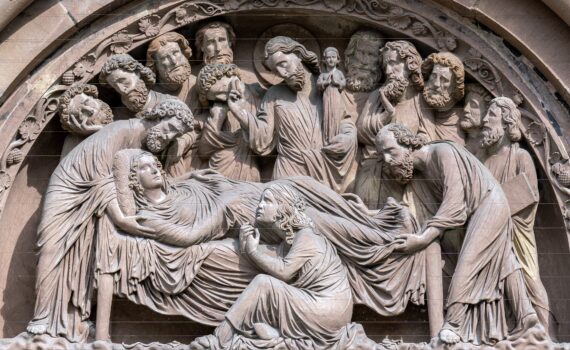
The scene of the Death of the Virgin exhibits a new naturalism and inspiration from ancient Roman sculpture.
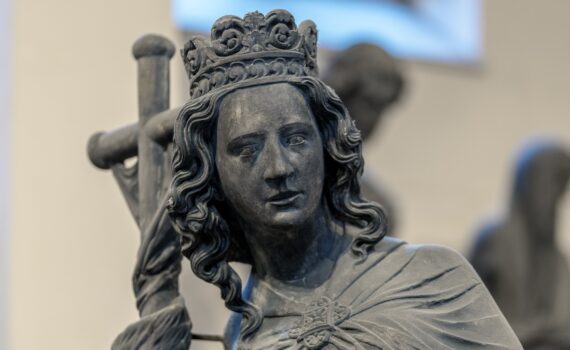
A close look at Synagoga and Ecclesia at Strasbourg Cathedral helps to illuminate the shifting meanings of Gothic sculpture.
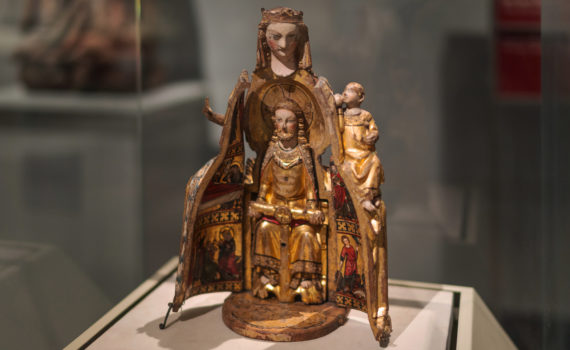
The Virgin Mary is the portal to the divine in this Gothic shrine
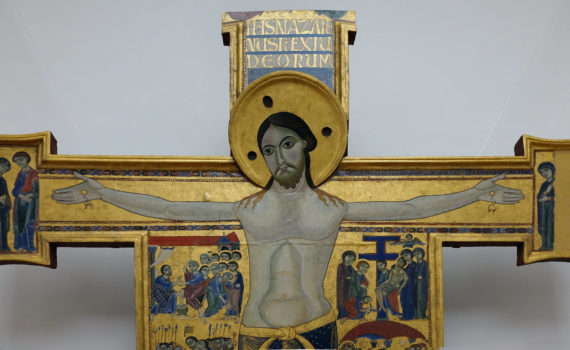
A comparison of two Italian medieval crosses shows the transformation of Christ from transcendent to human.
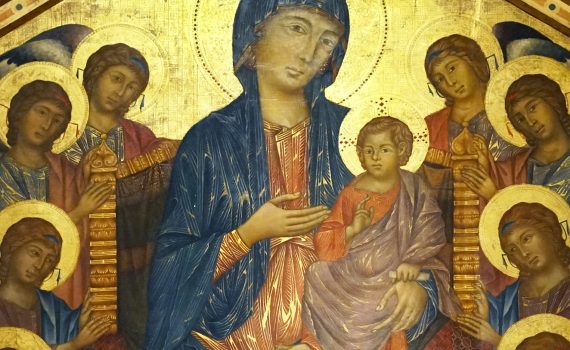
Set against gleaming gold, Mary and Christ sit on an intricately carved throne studded with gems.
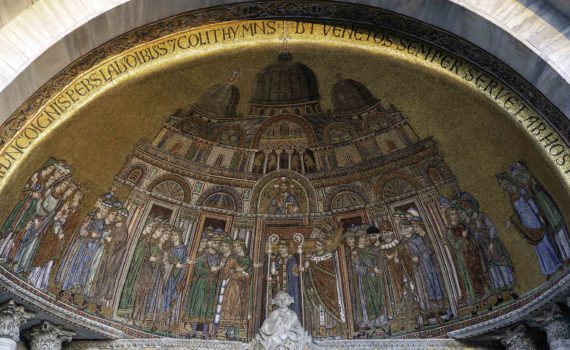
Nearly everything in medieval and Renaissance Venice was stolen or imported—and the Venetians advertised that on the facade of the Cathedral.
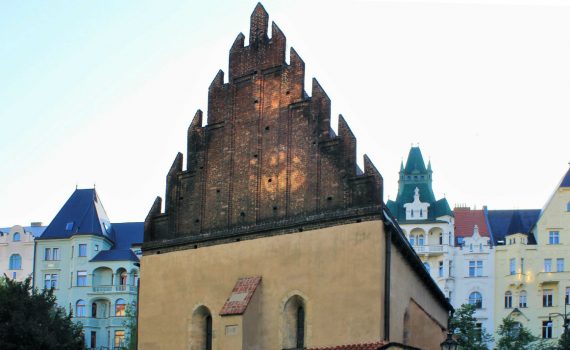
In the “Old New Synagogue,” desks surround a Torah plaform. Text outweighs image—only plants ornament the space.
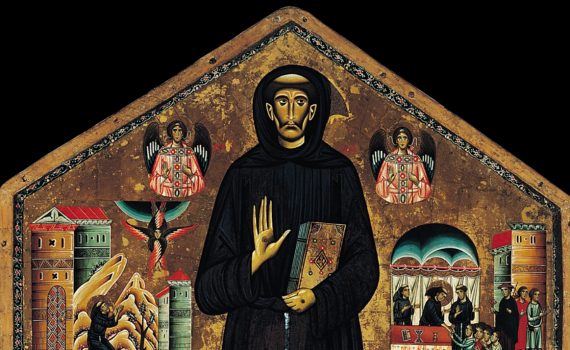
At the center of this life-size painting stands humble St. Francis. Scenes from his life fill this gilded panel.
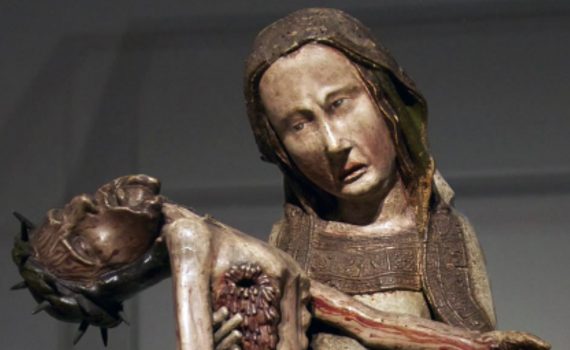
Taut skin, exposed ribs, a bleeding wound—this Christ suffered in both life and death. Medieval viewers took solace in his pain.